I
Introduction: Unraveling the Genetic Past of a Lost Civilization
For centuries, the Maya civilization has captivated archaeologists, historians, and curious minds with its soaring pyramids, advanced mathematics, and enigmatic glyphs. Stretching across modern-day Mexico, Guatemala, Belize, and Honduras, the Maya were one of the most sophisticated civilizations of pre-Columbian America. But just as impressive as their rise was their mysterious decline. Now, thanks to ancient DNA analysis, scientists are uncovering groundbreaking insights into the genetic history of the Maya—offering clues about their societal evolution, resilience, migrations, and eventual collapse.
Recent advances in ancient DNA (aDNA) extraction from Maya remains are helping researchers better understand the population dynamics, genetic diversity, and external influences that shaped this powerful civilization. These findings are rewriting long-held assumptions and shedding new light on how climate change, warfare, and political instability intersected with human biology.
Ancient DNA: A Window Into the Maya World
Ancient DNA refers to genetic material extracted from archaeological remains such as bones, teeth, and hair. Until recently, the hot and humid climate of Mesoamerica made DNA extraction extremely difficult. But improved methods, such as targeted enrichment and next-generation sequencing, have enabled researchers to successfully recover DNA from sites once thought impossible.
Key Maya archaeological sites where aDNA has been extracted include:
Copán (Honduras): A major urban center with deep royal burial records.
Tikal (Guatemala): A once-dominant city-state with rich evidence of elite and commoner burials.
Palenque and Calakmul (Mexico): Cities that played central roles in the Classic Period (AD 250–900).
From these sites, scientists have begun sequencing the genomes of individuals spanning centuries, unlocking a vast trove of genetic information about lineage, ancestry, health, and disease.
The Genetic Diversity Behind Maya Society
One of the most remarkable findings from ancient Maya DNA is the high level of genetic diversity across regions. Despite being seen historically as a relatively homogenous culture, Maya communities were genetically varied and connected through trade, migration, and alliances.
Key takeaways:
Maya elites often married into foreign lineages, bringing genetic diversity into city-states.
Populations in coastal areas showed signs of genetic input from Caribbean and South American peoples, indicating active maritime trade networks.
Yucatec Maya and Highland Maya populations evolved with distinct genetic markers, supporting the idea of decentralized rule and regional identity.
This genetic richness reflects a dynamic, interconnected civilization that frequently exchanged people, goods, and ideas.
Climate Stress, Collapse, and Genetic Bottlenecks
Between AD 800 and 1000, the Classic Maya civilization experienced a dramatic decline. Cities were abandoned, monuments ceased, and population levels plummeted. Ancient DNA studies have started to reveal how this collapse wasn’t just political—it left a lasting genetic imprint.
Recent DNA analysis shows:
Genetic bottlenecks in many sites during the Terminal Classic period, indicating a sharp reduction in population size due to drought, famine, and social upheaval.
Increased inbreeding signals in later populations, suggesting isolation and reduced mobility as city-states crumbled.
A shift in burial practices, with fewer elite tombs and more evidence of mass graves—correlating with declining state control and rising conflict.
Importantly, climate data aligns with genetic evidence, reinforcing theories that mega-droughts triggered widespread famine and migration, weakening the sociopolitical structures that held the Maya world together.
Migration and Legacy: From Past to Present
The fall of Maya cities did not mean the end of the Maya people. DNA evidence shows continuity between ancient and modern Maya populations, particularly in Guatemala and Mexico’s Yucatán Peninsula. Despite colonial violence and centuries of marginalization, the Maya genetic legacy remains strong today.
Key insights:
Modern Maya communities carry significant genetic continuity with their ancestors, especially among indigenous groups who have preserved language and traditions.
Post-collapse migrations helped seed new settlements and cultural centers, adapting to changing climates and political realities.
By tracing specific mitochondrial and Y-chromosome markers, researchers are able to map family lineages over thousands of years, connecting living Maya to their royal or artisan ancestors.
Health and Disease: What Maya DNA Reveals
Beyond ancestry and migration, ancient Maya DNA is offering a glimpse into their health and medical conditions. For example:
Evidence of metabolic stress, such as anemia and malnutrition, increased during collapse periods.
Genetic markers for diseases like tuberculosis and parasitic infections are present in late-stage burials.
Signs of dental and bone degeneration show the physical toll of societal decline.
This health data is invaluable for understanding how political instability and climate stress directly impacted human well-being.
Implications for History and Identity
The Maya story—once limited to stone monuments and glyphs—is now enriched by genetic evidence. These insights are reshaping how we view ancient societies:
The Maya collapse wasn’t sudden or total—it was a complex, regionally varied process.
Maya identity is living and evolving, not a relic of the past.
Science and indigenous knowledge can work together to tell a more complete story.
The application of ancient DNA research has transformed archaeology, blending genetics with history, linguistics, and anthropology to offer a multi-layered portrait of the Maya civilization.
Conclusion: A Civilization Reborn Through Science
Ancient DNA has turned bones into books, unlocking the Maya’s genetic story for the first time. From the heights of power in royal courts to the trauma of environmental collapse, Maya genomes reveal resilience, diversity, and transformation. As science continues to evolve, the Maya story will be told not just through stone, but through the very building blocks of life.
This genetic lens doesn’t replace traditional archaeology—it enhances it, giving voice to those long buried and helping modern Maya communities reconnect with their ancestral past. In doing so, it reinforces a simple yet powerful truth: the Maya never truly disappeared. They endure—in DNA, in language, and in spirit.






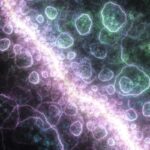
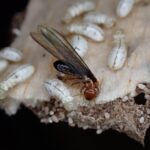
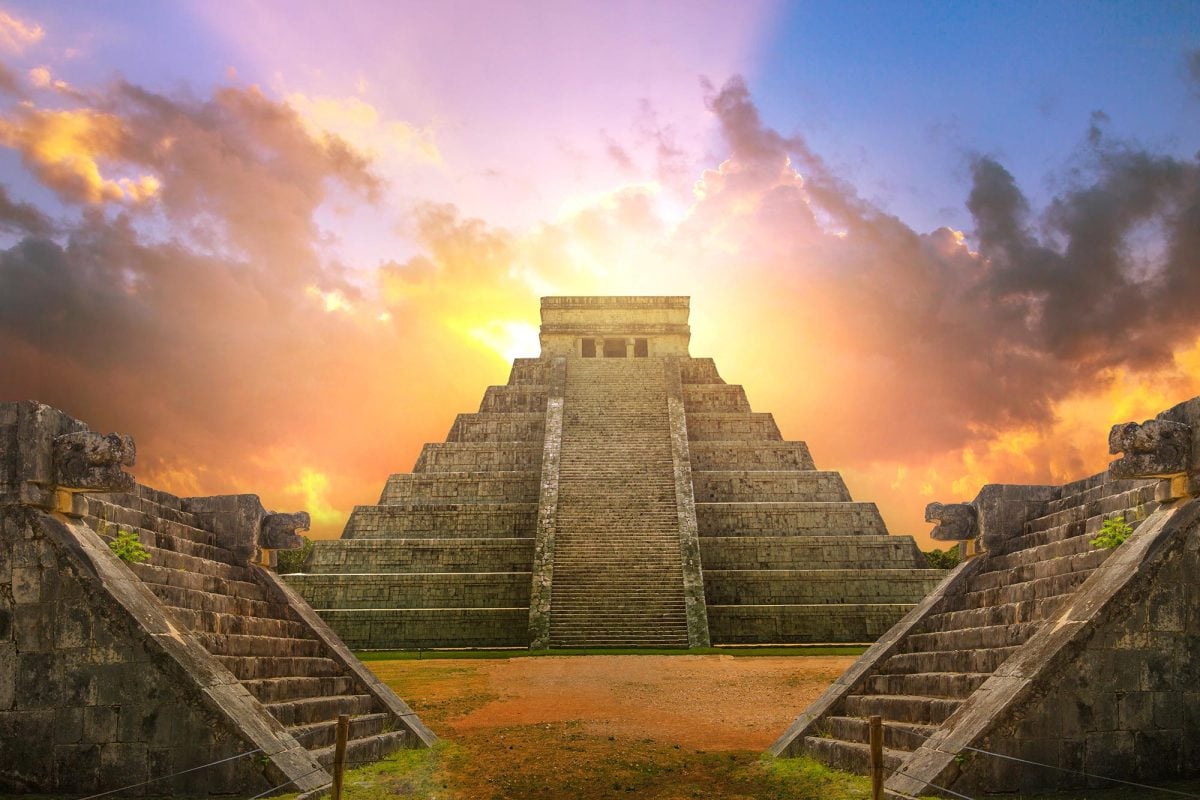


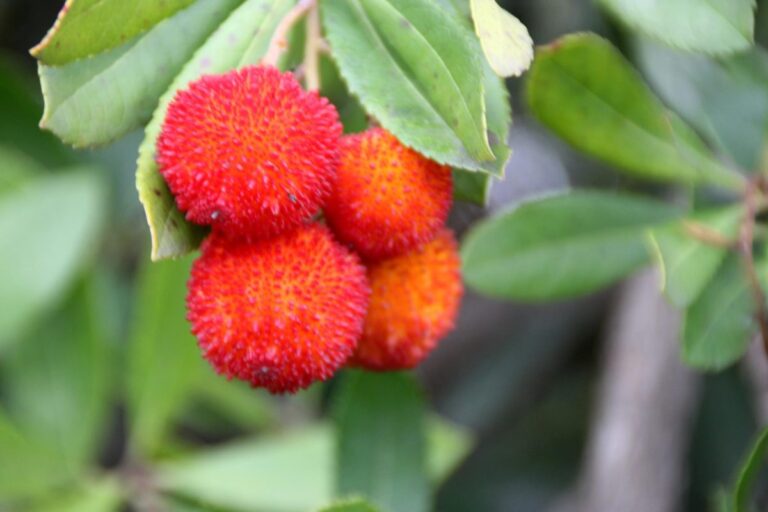
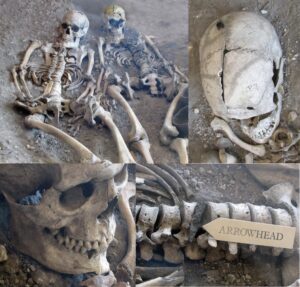
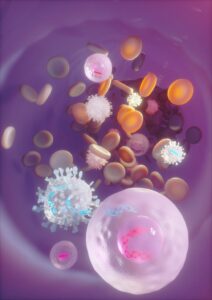
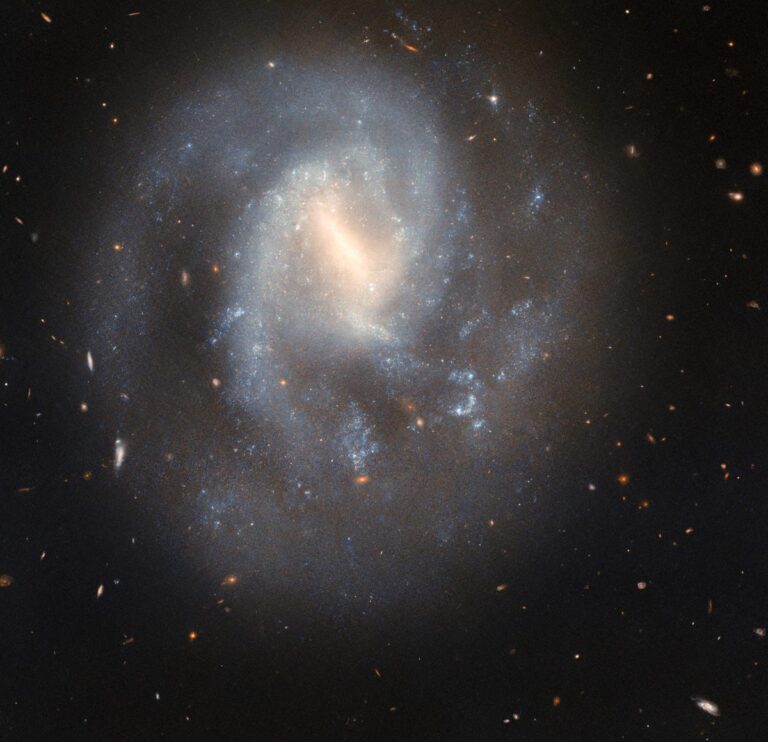


+ There are no comments
Add yours